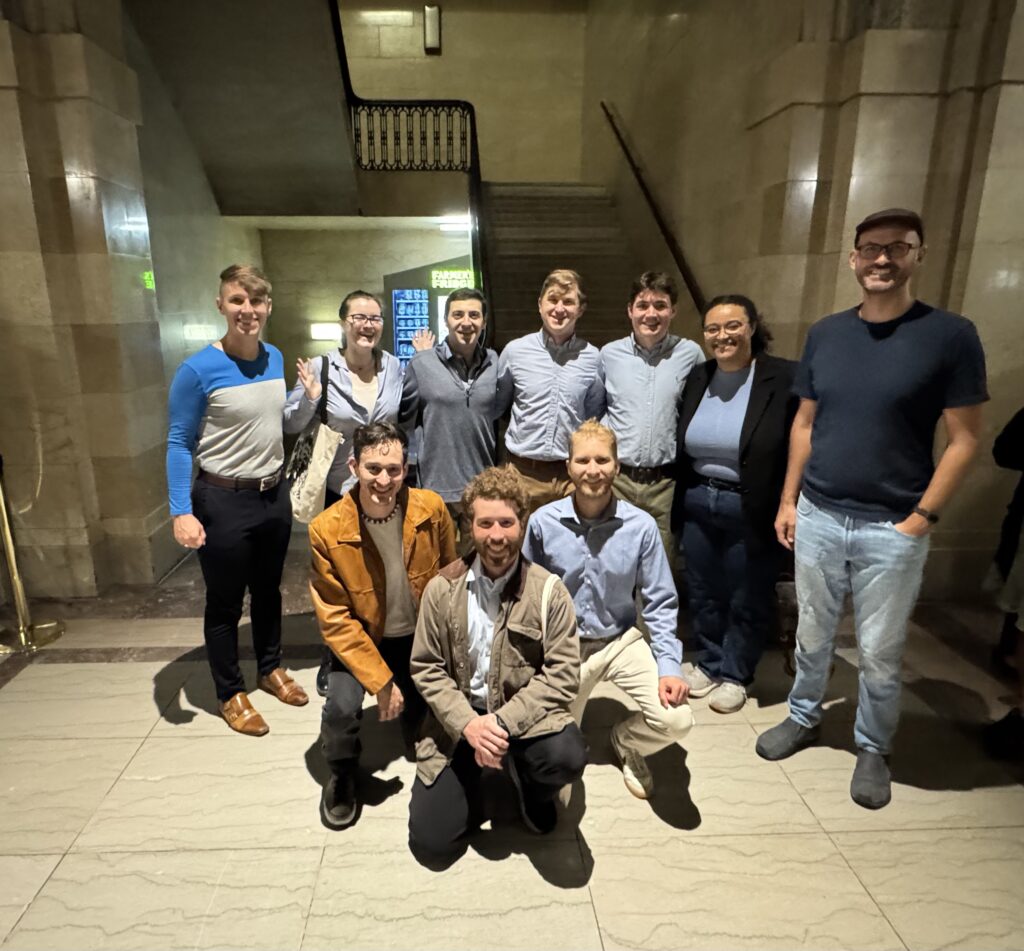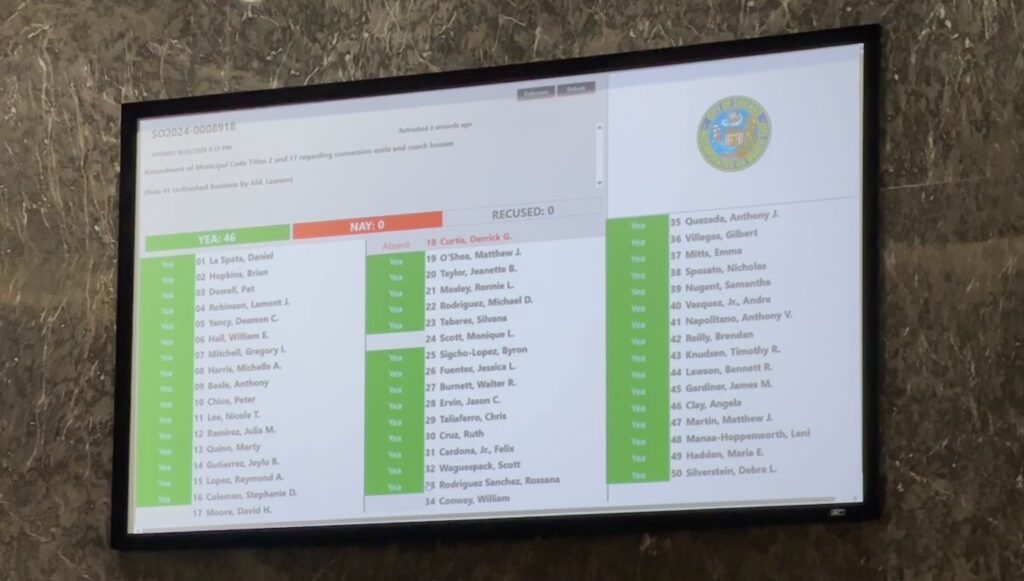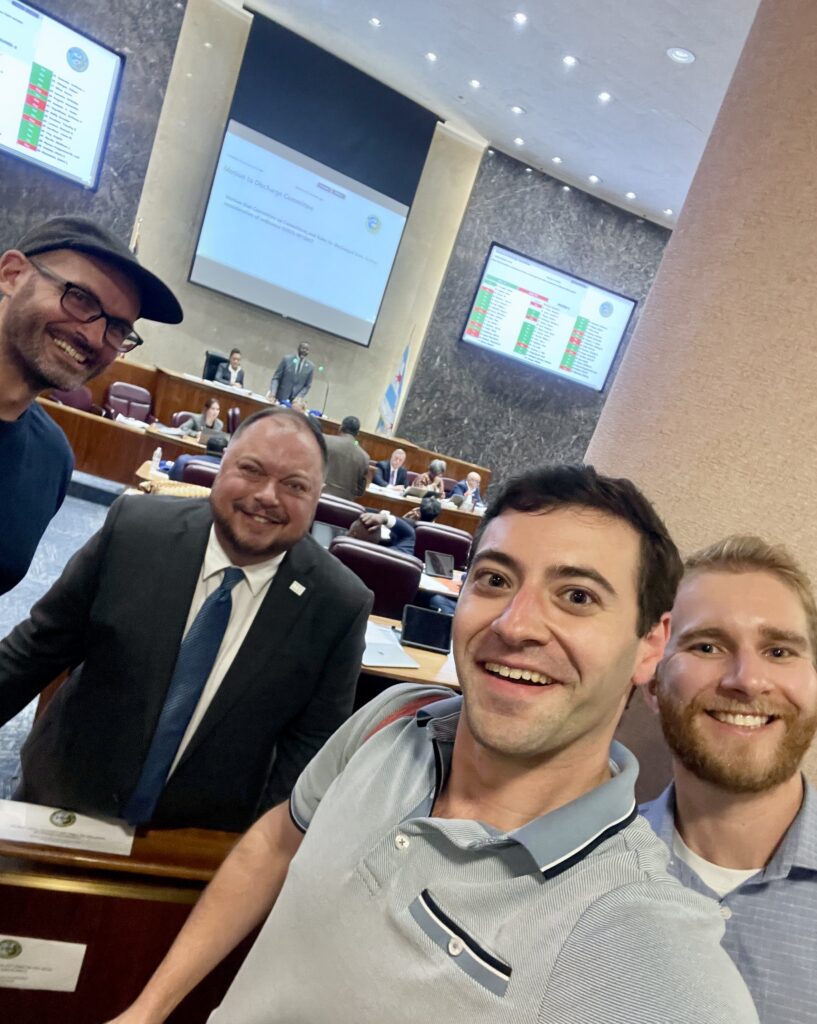The ADU pilot program the City Council passed in December 2020 and took effect on May 1, 2021, will finally convert to a permanent law on April 1, 2026 – just shy of five years old. The new policy will increase the permanent eligibility area by a little more than double what the pilot areas allowed (a 135 percent expansion to be more precise). Further expansions are optional and up to each alderperson to decide when and where to “opt in” additional parts of their wards. Additionally, the construction of coach houses will have to comply with unusual labor requirements tacked on by an alderperson who called ADUs “an attack on the working class”.
I was shocked when the ADU ordinance (read it here) passed unanimously, 46-0. The ordinance number is SO2024-0008918, and when you open the legislation details page look for the filename called “SO2024-0008918 ADU 9.23.25 (LRB 10a) (2) (1).pdf”




How do I feel? I’m relieved this seven-year-period of ADU advocacy is over, and I’m disappointed in the outcome. More advocacy will be needed to ensure that most alders maximize the eligibility areas in their wards.
Highlights of the new ADU ordinance
- the ADU eligibility area increases from 12 percent of the city to 29 percent of the city, with options to increase further
- the arbitrary cap of 700 s.f. of floor area allowed in each coach house has been removed (there is still a site-specific cap)
- existing off-street parking can be removed in order to build a coach house on the ground level
- B (business) and C (also business) zoning districts are now part of the eligibility area
- ground floor space in mixed-use buildings in B and C zoning districts can be converted to ADUs without having to get a “special use”
I wrote an ADU FAQ for Abundant Housing Illinois.
Media coverage of the passage
All of these articles include quotes from me:
- Chicago Tribune by Jake Sheridan and A.D. Quig
- Block Club Chicago by Quinn Myers
- Illinois Answers Project by Alex Nitkin
